Natural Gynostemma Extract Powder,Gynostemma pentaphyllum (Thunb.) Makino, also known as Bucfolium, is a perennial herb vine climber in the genus Angithoblue (Gynostemma Blume Bijdr.) in the family Calabaceae (Cucurbitaceae)
Angch blue contains saponins, polysaccharide, flavonoids and inorganic elements
What is Natural Gynostemma Extract Powder
What is Natural Gynostemma Extract Powder
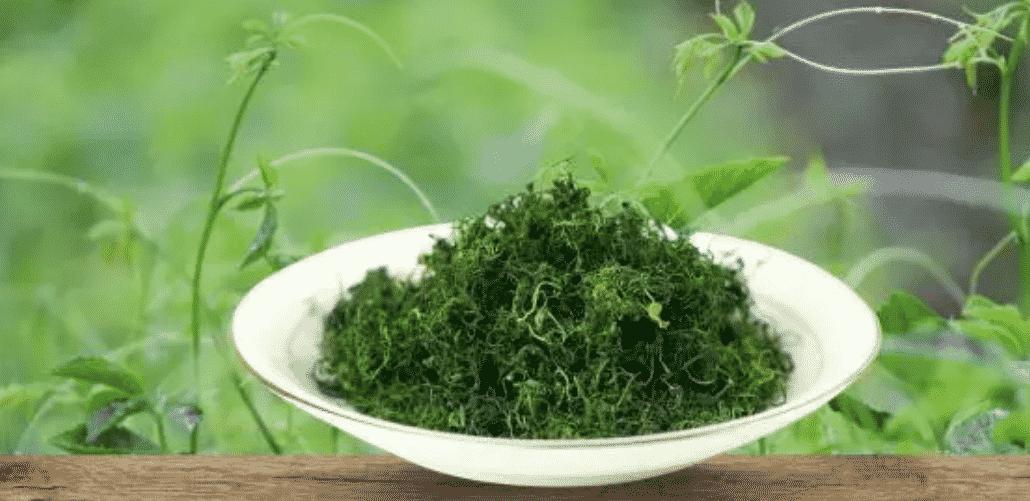
Gch blue is Gynostemma pentaphyllum in the family (Thunb.) The dry whole grass of Makino, a perennial climbing herb, is commonly used in Chinese medicine, also known as paradise grass, gospel grass, seven gentian, small bitter medicine, taking root everywhere, five leaf ginseng and seven leaf ginseng.Bitter taste, slightly sweet, cool sex, non-toxic, return to the lung, spleen, kidney meridian
Study on Chemical Components
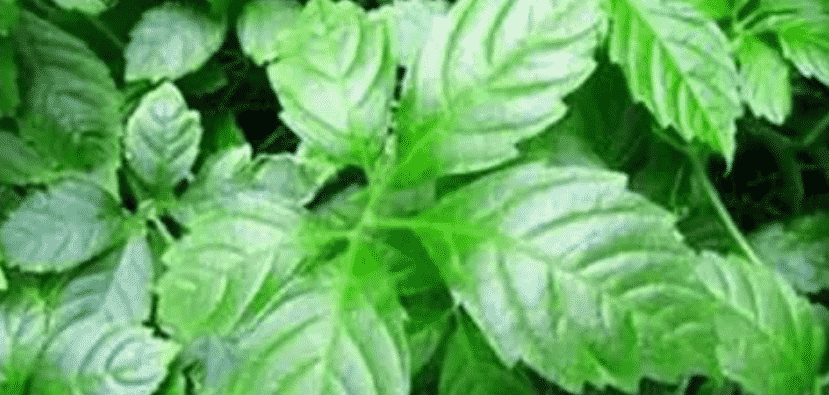
saponins

Strched blue saponin, Distribution in plant vegetative organs including assimilated tissue and phloem parenchystal cells, At present, more than 140 kinds of twisted stock blue saponins have been isolated from the twisted stock blue, Among them, 83 damane-type twisted ose saponin (GPS) with a similar skeleton to ginsenosides were isolated, All were tetriterpene damane forms, Mainly 20 (S) -proginsenadiol (Ia) and 2 α -hydroxyl 20 (S) -primary ginseng diol (Va), The 79 species are named as GPSI-LXXⅨ, Among them, blue osin,,, were identical to ginsenoins Rbl, Rb3, Rd and F2, respectively, For the same thing and a different name, Same — construction
flavonoid
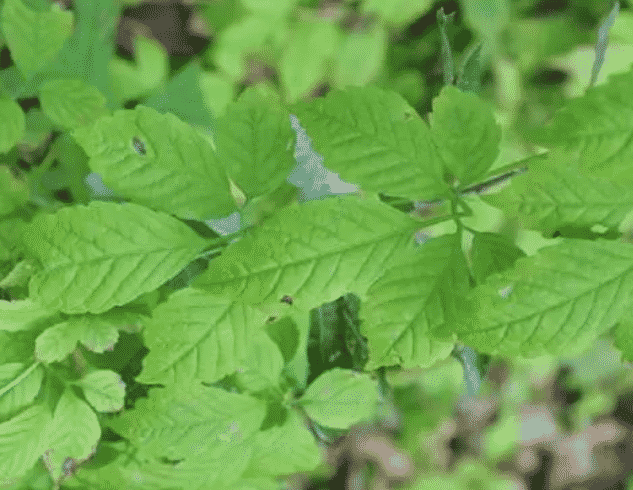
The component content of flavonoids in twisted stock blue is 2% ~ and 5%. As one of the secondary metabolites in plants, its main function is to regulate the transport of plant auxin.Some flavonoids have been reported and their osides from strose blue: quercetin (quercetin), rutin (rutin), flavonoids (ombuoside) and flavonoids (ombuin)
There are few reported studies on flavonoids in twisted ose blue, mainly for their content determination and preparation process
Glucose compounds
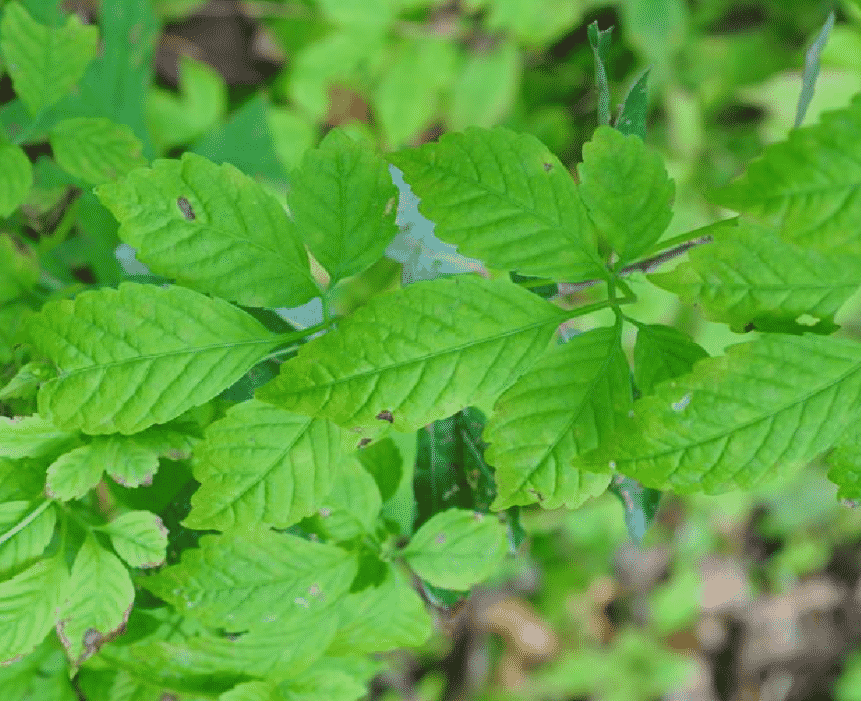
Polysaccharides are more components in twisted ose blue and have received increasing attention in recent years
The blue polysaccharide component consists of mannose, hamose, galactaldehyde acid, glucose, galactose, xylose and arabinose; infrared spectroscopy and MRI results indicate furan structure
aminophenol
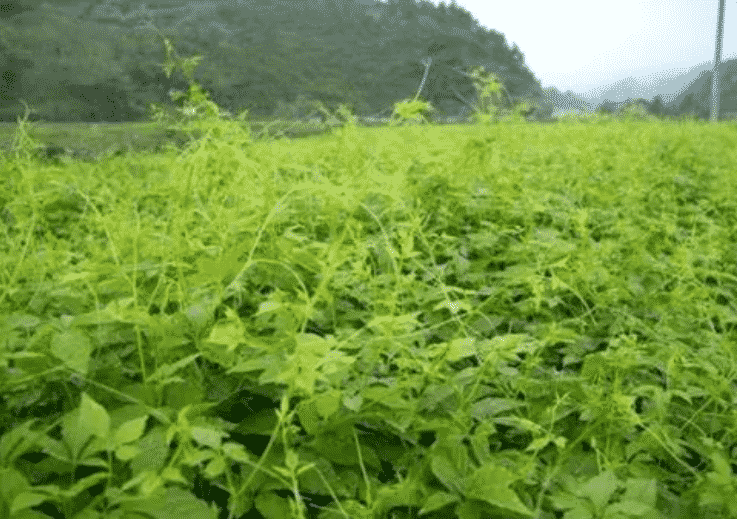
The number of amino acids contained in different regions of twisted stock blue is not exactly the same, the most contains 18 amino acids, including 8 amino acids necessary for the human body, such as leucine, lysine, methionine, isoleucine, phenylalanine and so on all have high nutritional value
vitamin
Vitamins include water-soluble and fat-soluble two categories, twisted stock blue contains B1, B2, B6, C, water-soluble vitamins and D3, E, has the highest content of fat-soluble vitamin E
antineoplastic
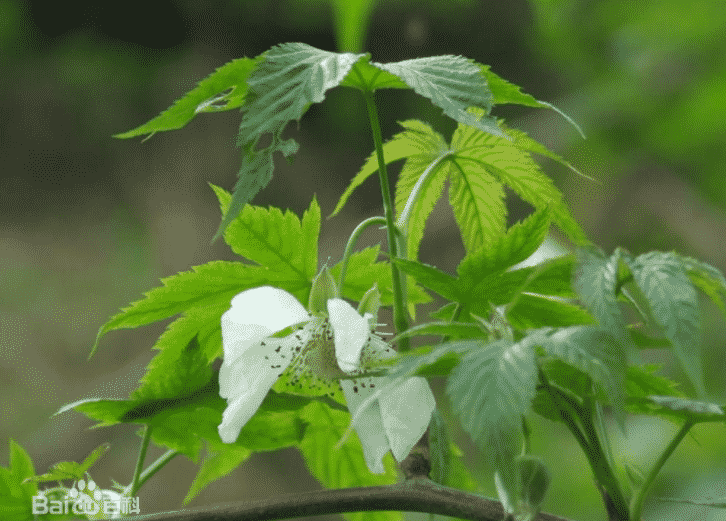
twisted twisted blue saponin (gypenoside,Gyp), the major component of twisted blue, has obvious anti-antitumor effects in vitro and in vivo, and its direct cytotoxic effects inhibit tumor cell growth and reproduction
Angled blue extract can inhibit human esophageal cancer, leukemia and other diseases as well as ascites cancer cells, human gastric cancer, cervical cancer, tongue cancer and other cultured cancer cells also have an obvious killing effect
Protective effect on cardiovascular and cerebrovascular vessels
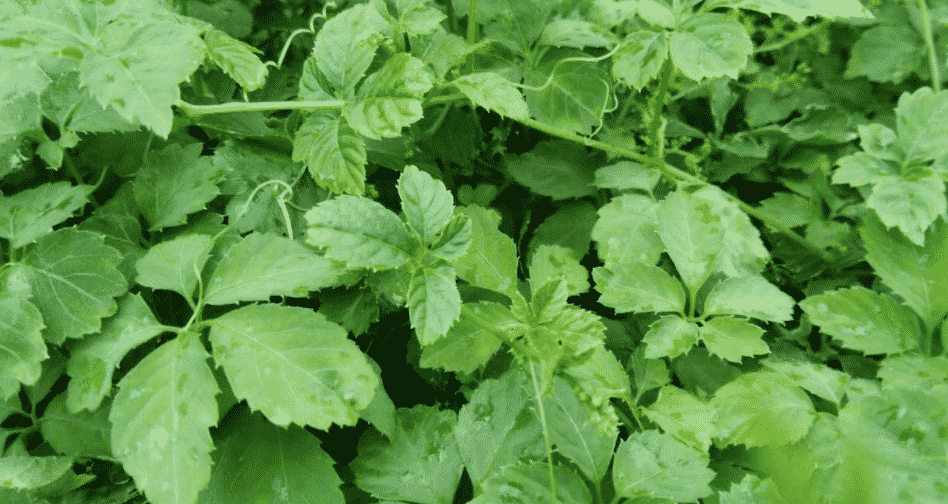
Total blue saponin is protective against myocardial ischemia and cardiac contraction in rats
Angblue total flavonoids (TFG) improves the contractile function of the myocardium and is protective against the injured myocardium
regulate blood sugar level
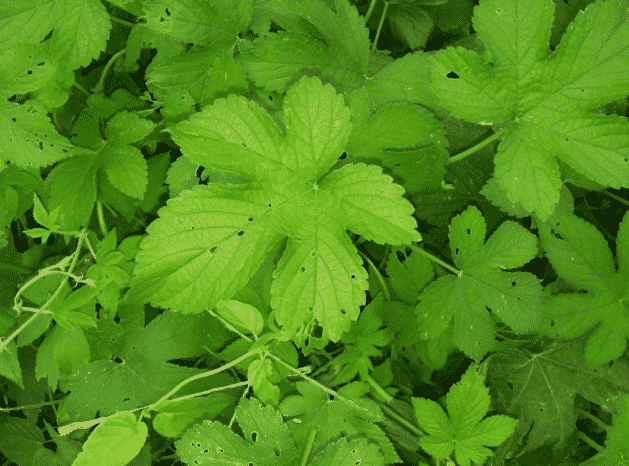
Experimental diabetic mice were treated with strose blue saponin resulting in reduced blood glucose
Isolation saponin and its derivatives from strose blue revealed that it was found to promote insulin secretion by lowering protein tyrosine phospholipase activity.It has also been found that ethanol extract from strose blue changes glucose metabolizing enzyme activity and reduces blood glucose concentrations
Where is Gynostemma pentaphyllum distributed
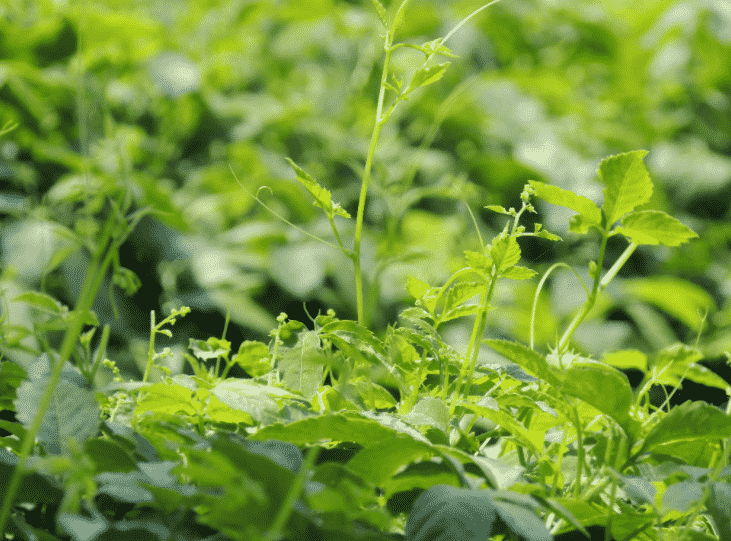
Gynostemma pentaphyllum (Thunb.) Makino), in the twisted blue (Gynostemma) in Calabitaceae (Cucurbitaceae), is a perennial grass climbing plant widespread in southern Shaanxi, China and provinces south of the Yangtze River, also in Korea, Japan, as well as in some Southeast Asian countries
What kinds of Gynostemma pentaphyllum
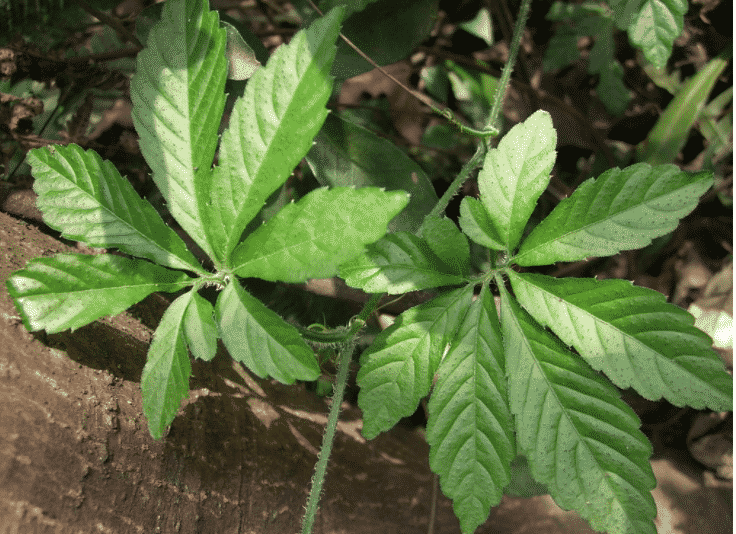
Gynostemma Pentaphylla, twisted blue, Latin for Gynostemmatis Pentaphylli, English name Gynostemma Pentaphylla, literally means “twisted blue plant”, traditional Chinese medicine, called seven leaf ginseng, five leaf ginseng, fairy grass, fairy grass, small bitter medicine and other aliases, is a male and female strain of gourd plant (cucumber or gourd).Gina blue is taxonomic belonging to a perennial oxalaceous vine of the genus (Gynostemma) of the angiosperm phyla (Magnoliophyta) dicobaceae (Magnoliopsida) Calabaceae (Cucurbitales) (Editorial Board of Chinese Florany, Chinese Academy of Sciences 1986)
What does Gynostemma pentaphyllum look like
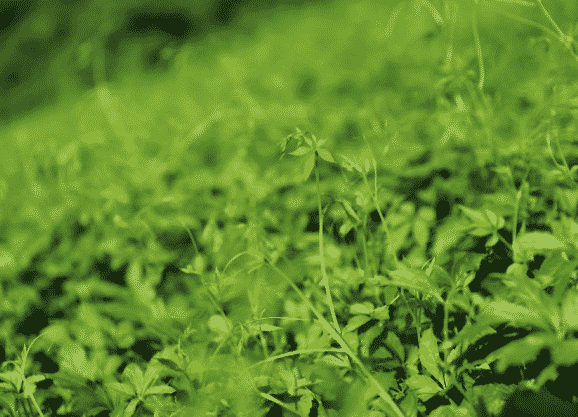
Wild winched blue usually grows in a wet place between mountains and mountains, whether the section is hairy or sparse short hair, stem thin and long, more branching, tendrils often split or do not split.The loblets are long-shaped, usually a bead of winched blue consisting of several leaflets, oval oblong or long rounded lanceolate, with a petiole, edged with wavy teeth or rounded tooth serrations.The winched blue corolla lobes are lanceolate and triangular with small flowers and about 3mm in diameter; the fruit is spherical, smooth and hairless, black at maturity, generally flowering from July to August and strong from September to October.
The present research situation of twisted stock blue at home and abroad
Currently, research on winose blue focuses on its chemical composition, productive pharmacological effects, and animal feed additives.Its main component is damane type saponin, in addition to polysaccharide, flavonoids, amino acids and trace elements. The main pharmacological effects are anti-tumor, blood lipid regulation, blood glucose lowering, improve immunity, anti-aging and liver protection (Fan Dongdong et al. 2017)
Development and utilization of Pingli twisted stock blue
Development and utilization of Pingli twisted stock blue
Pingli County is located in the north-south climate transition zone, is a subtropical humid monsoon climate zone, located in 31 ° 37 ‘~ 32 ° 39’, 109 °~109 ° 33 ‘, South ba Mountain, Han River, north belongs to the Han River system; surrounded by mountains, dense rivers, 1083 rivers, together into ba River, Yellow River, Ji River, Lan River, is an important water conservation area of the South-to-North Water Diversion Project
Pingli County is the origin of twisted blue identified by the General Administration of Quality Supervision, Inspection and Quarantine, and has the largest twisted blue germplasm resource nursery in China.Among them, the wild hanging blue resources grown in Pingli County, as well as the wild hanging blue germplasm resources in Sichuan, Yunnan, Henan, Hubei and other provinces are gathered
What is Gynostemma pentaphyllum saponin
Saponins are the main active components of twisted blue, mainly distributed in the nutritional organs of twisted blue.With the rapid development of chromatographic separation and spectroscopy, 201 saponin components have been found, consisting of which are basically dapfour-loop three posts, six of which are ginsenosides
What is the chemical composition of Gynostemma pentaphyllum
Angled blue contains a variety of chemical components: Fuxi, flavonoids, plant protein, amino acids, polysaccharide, phospholipids, vitamins, cellulose, trace elements, etc., known as the ” Oriental divine grass
What is Gched cyanlavones
Flavonoids are widely present in nature and belong to one of the important secondary metabolites of plants. Many studies have shown that flavonoids have anti-inflammatory, sedative, antibacterial, antioxidant, anticancer and other effects, and have significant therapeutic effects on coronary heart disease, angina and other diseases
Angina blue contains a variety of flavonoids, mainly acoustin, quercetin, etc.The content of twisted cyanoflavone is related to the extraction method. Wang Qinghao and others used the microwave-assisted method and compared with the Sorextraction method, we found that the microwave-assisted extraction method can not only shorten the extraction time of twisted cyanoflavone and improve the extraction rate
What is The winch blue amino acid
Amino acids are the elements of all life, the basic components of proteins, closely related to the life activities of organisms.
The amino acid content of twisted stock blue is related to the origin, strain, medicinal site, type cultivation, or wild, etc.The total amino acids of the Hainan plant showed the best quality, followed by single leaf blue, light leaf and Mongolian fruit blue, while the lowest content, and the cultivated varieties were higher than the wild varieties
What is Gched blue polysaccharide
Polysaccharides are linear or branched polymers polymerized of more than one monosaccharide
Application of winched blue
China has developed a variety of blue tea, mainly green tea and tea tea types.A variety of twisted blue health tea has also been listed, such as Pingli’s Fuxing grass twisted blue tea, Fujian twisted blue herbal tea, Yunnan twisted blue Puhai tea, etc.Wu Xiaochun and other twisted stock blue extract as raw material, add white granulated sugar, honey, warm soup mineral water, etc., using yeast, lactic acid bacteria fermentation, to make natural mineral spring drinks
What is The role of the amino acids
Amino acids are the basic units that constitute the protein.According to the nutritional functions of amino acids, they can be divided into two major categories: essential amino acids and non-essential amino acids.
Required amino acids are such amino acids that the body or animal cannot synthesize or synthesize far from the needs of the body and must be supplied by food proteins: threonine (, demonine (, methionine (, leucine (, isoleucine (, lyhelium (, phenylalanine (, tryptophan (.Arginine (and histidine,Although the human body is capable of synthesis, it usually does not meet the normal needs and needs to supplement a portion of the food, which is known as semi-essential or conditional essential amino acids.The remaining ten amino acids are that organisms can synthesize themselves and do not require uptake from food, called nonessential amino acids such as aspartate (, serine (et al
